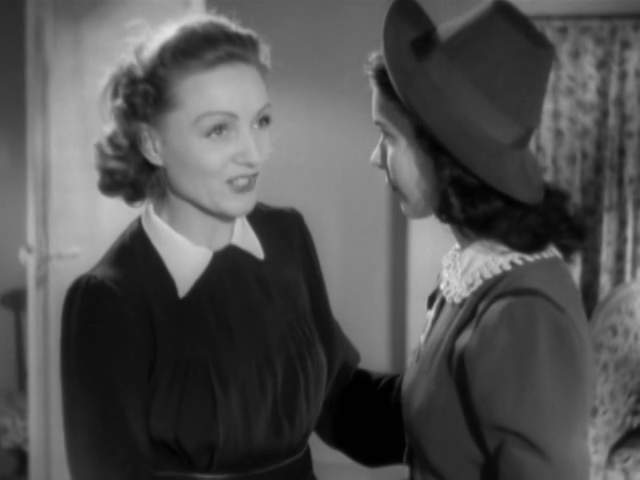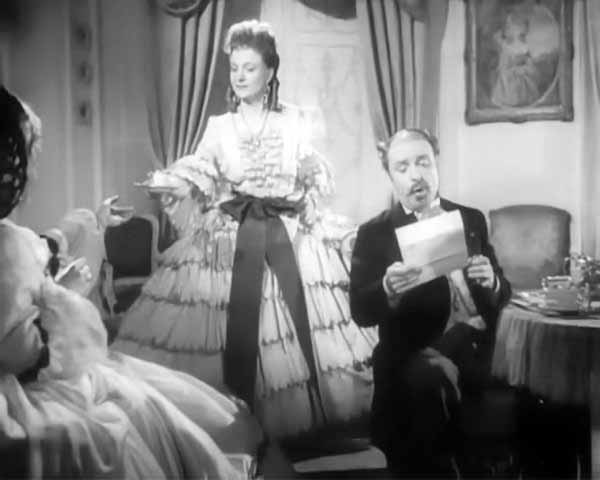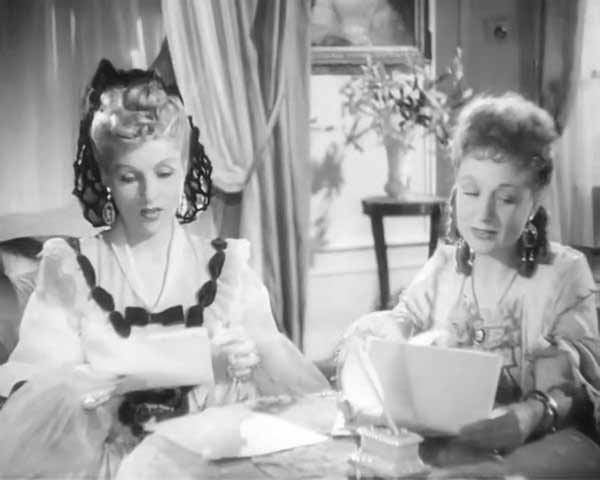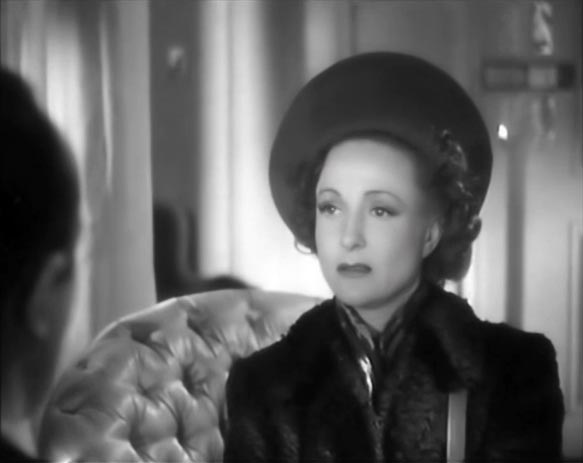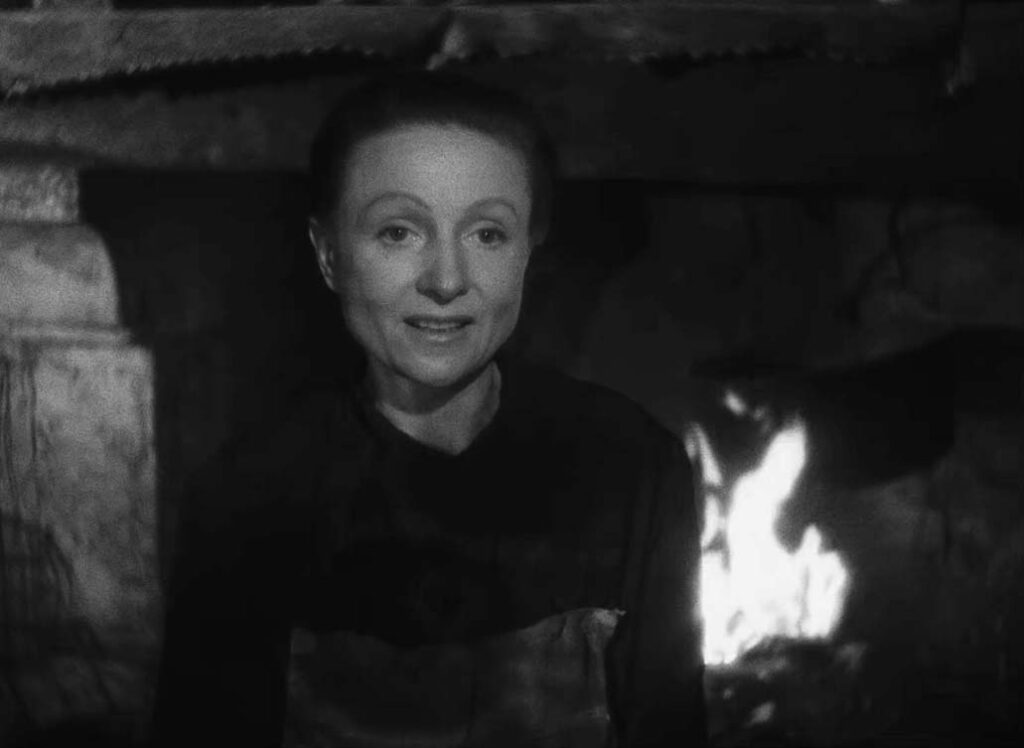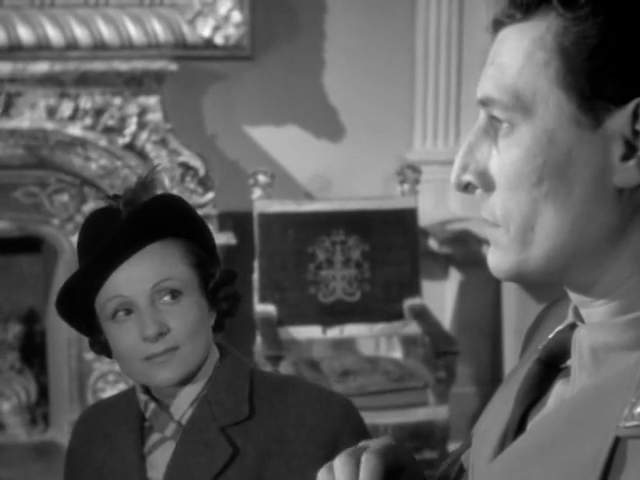Information
Full name: Lucienne Ariane Desirée Rouvier
Birth: January 9, 1908 in Paris, France
Death: October 7, 1977 in Mimizan, France
Marriage:
Paolo Federico Garretto (1927-1939?)
Job on Snow White:
Voice of the Queen in Snow White and the Seven Dwarfs narrated by François Périer (ALB9) 1955
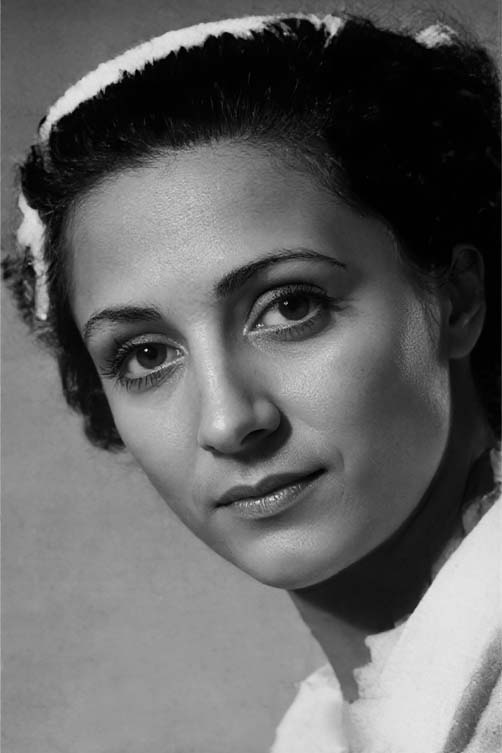
Abducted Queen
She was born Lucienne Anne Désirée Rouvier in Paris’s 9th arrondissement, the daughter of ballerina Marceline Rouvier and an unnamed father. But for the stage, she chose the name of the man everyone knew to be her parent: the celebrated opera tenor Lucien Muratore.
Muratore’s own life was already dramatic. Married to soprano Marguerite Bériza in 1908, he obtained his divorce only on November 28 of that year. For four years he lived with Marceline, then parted ways—providing alimony, helping her regain her position at the Opéra (which she had left at his urging)—before marrying the legendary Lina Cavalieri in May 1915.
Years later, Muratore spirited the child away to Italy. On July 10, 1924, while still married to Cavalieri, he tried to have her legally recognized as his daughter. Cavalieri, far from objecting, reportedly got along splendidly with Marceline. The escape itself bordered on melodrama: passports annulled, a special safe-conduct arranged by the mayor of Avignon, and a discreet boat ride via Monaco, with the two women in tow.
But the story soon became public scandal. On November 24, 1926, Comoedia reported that Marceline had filed suit, and that a ruling from the Seine court the day before blocked Muratore’s attempt at recognition. The child’s birthdate was even debated—January 29 in the press versus January 9 in official documents. The case made headlines well beyond France, landing on the front page of the Chicago Tribune on November 25, 1926.
In Aux écoutes (April 3, 1927), the magazine noted that the Première Chambre Civile had upheld the judgment on March 28, and claimed Muratore had even considered marrying his daughter to Alexandre Jacques Bariatinsky, son of his partner at the time—an idea that, mercifully, came to nothing. The same article reported that young Ariane was taking painting lessons with Mme Putana and had been deemed “consenting” in her abduction, a ruling that devastated her mother. By January 28, 1939, however, Le Figaro had no hesitation in introducing her to the public as Muratore’s daughter at the launch of her film career.
That career was already full of turns worthy of a screenplay. In 1927 she married Italian poster artist Paolo Garretto, and on February 20, 1932, their son Jean Ezio Garretto was born in Rome. Decades later, he would rise to become Program Director of the French radio station France Inter. The marriage did not last; by the late 1930s they separated, and Paolo remarried in the United States on May 4, 1940.
From 1937 to 1963, Ariane Muratore—her chosen name—moved between film, radio, and television. Her career gained momentum with roles large enough to earn her portrait in Pour Vous during the shoot of Jeunes filles en détresse (then titled La loi sacrée). But the Second World War cut her ascent short; she hosted wartime radio programs, and afterward she was mostly confined to secondary roles.
Still, her voice found immortality. Drawing on her radio experience, she gave life to the Wicked Queen in one of the very first Petit Ménestrel story albums: The Story of Snow White.
Her extraordinary life ended far from the opera houses and film sets that had shaped it. She died in Mimizan, on October 7, 1977.

